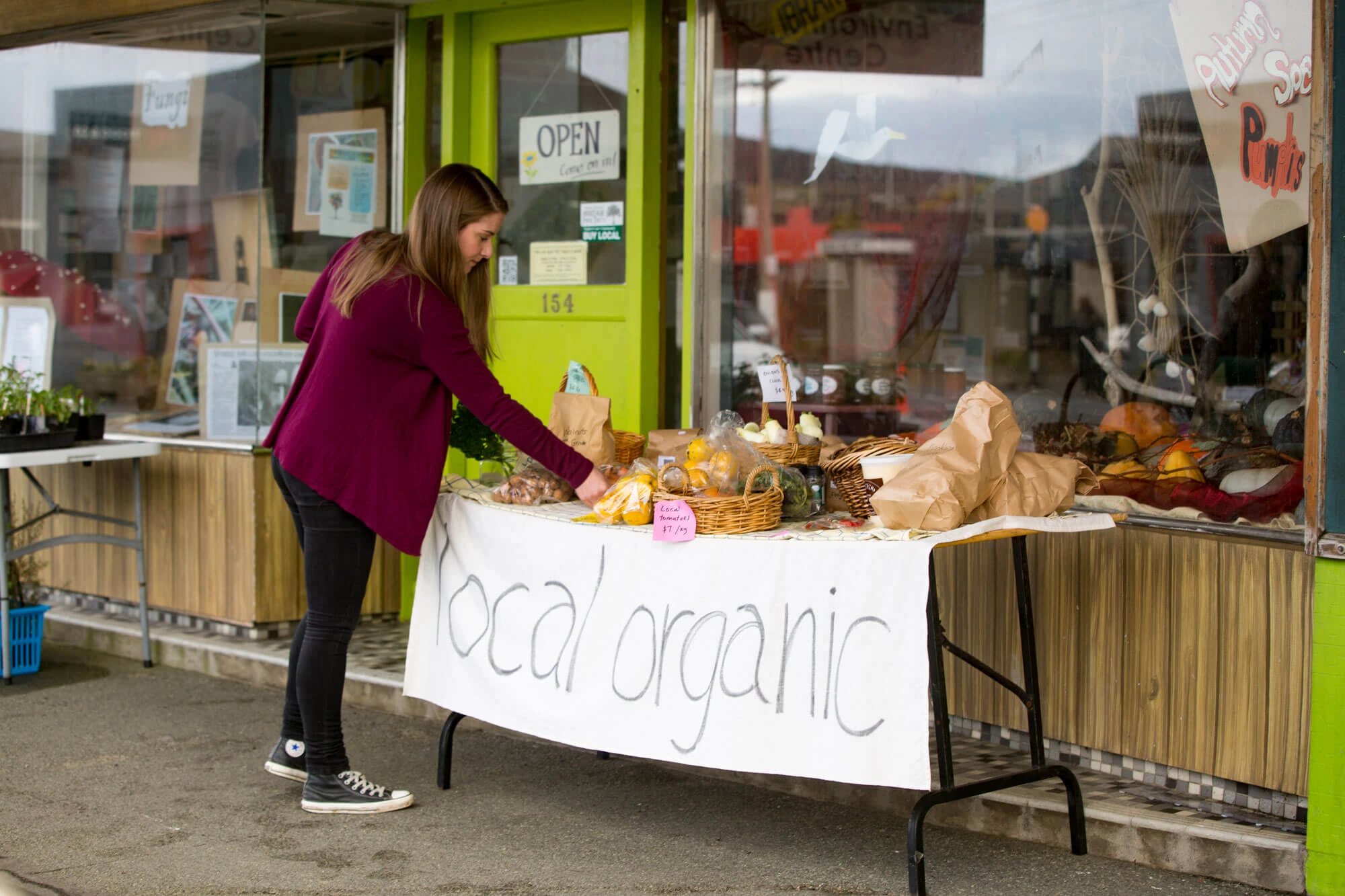Blueberry (Vaccinium spp)
Introduction
There are three major types of blueberry: the Highbush blueberry (Northern and Southern) are the main cultivated type, the Lowbush blueberry (the main wild type) and the Rabbiteye blueberry. In New Zealand blueberry production is largely based on the Northern Highbush and Rabbiteye cultivars which require a moderate to high amount of winter chilling.
Blueberries have very high levels of antioxidants and other healthy components that help the body to resist infection and disease. These health benefits have increased demand for blueberries.
Growing Blueberries
| Propagation: | Bushes from nursery stock are planted directly into the field. Plant spacing: 1.5m (in row spacing) 3.5m (between rows) to fit machinery. |
| Yields/ha: | Up to 10 tonnes per ha. |
| Full production: | Full maturity reached after 6–8 years. |
| Crop protection: | Some protection from birds may be needed. |
| Soil type: | Blueberries are shallow-rooted compared to larger tree crops and perform best on moist, free draining, acid soils with a high organic matter content and pH range of 4.0–5.5. Peat soils are ideal for blueberries, but other soils are satisfactory as long as regular additions of organic mulch are made to help improve soil water holding and nutrient capacities and the soil pH is satisfactory. |
| Fertilisers: | General fertilisers depending on soil nutrient status. |
| Weed control: | Weed control depends on the site. |
| Pest/Diseases: | Nothing obvious. |
| Harvesting: | If grown on a small scale hand harvesting is used. On a larger scale harvesting is mechanised. |
| Marketing: | Blueberries from New Zealand are mainly exported to Japan and the USA, although some fruit also goes to Australia, Singapore, Hong Kong and Europe. Exports have been increasing steadily, with fresh fruit returning $6.8 million and frozen fruit $1.5 million in 2000. |
Further Information





